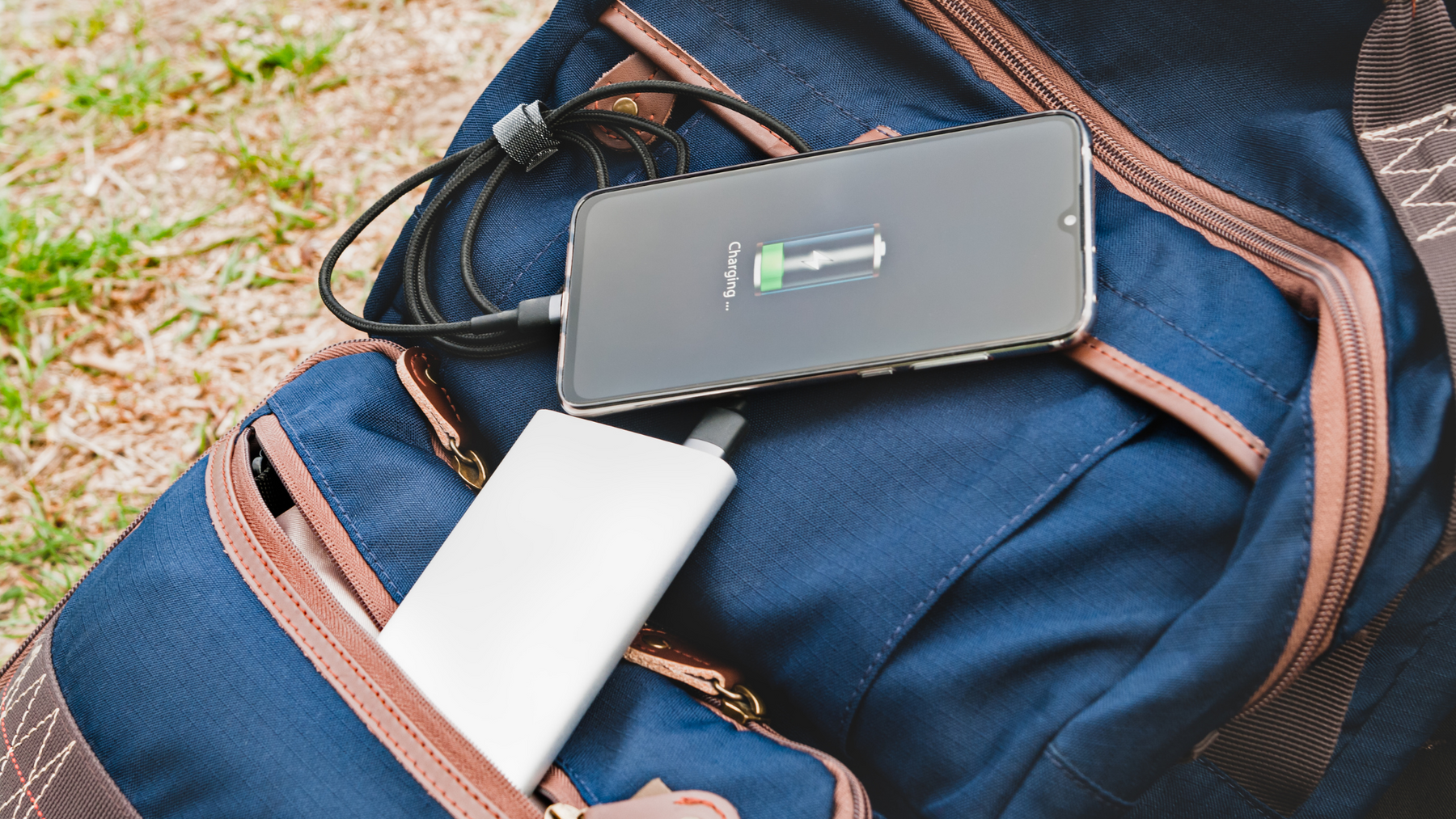info@capitolessentials.com

What to Do If Your Charging Bank Stops Working
Understanding How a Power Bank Works
Basic Components and Functionality
Power banks function as portable batteries that store electrical energy to recharge your devices. They consist of:
- Lithium-ion or lithium-polymer batteries that store power
- Circuitry to regulate voltage and prevent overcharging
- Input and output ports for charging and discharging
- LED indicators to show battery levels
Common Issues That Cause Failure
Several factors can cause a power bank to stop working, including:
- Battery degradation over time
- Internal circuitry failure due to overheating
- Damaged ports or connectors
- Faulty charging cables or adapters
Immediate Steps to Take If Your Power Bank Stops Working
Check for Visible Damage
Examine your power bank for cracks, dents, or swelling. Any physical damage could indicate an internal fault that makes it unsafe to use.
Verify Charging Cable and Adapter
Sometimes, the issue lies with the cable or adapter rather than the power bank itself. Try using a different charger to rule out external problems.
Ensure Proper Power Source
Some power banks require a stable power source to charge properly. Avoid using weak or incompatible USB ports, such as those on low-power laptop ports.
Troubleshooting a Power Bank That Won’t Charge
Resetting the Power Bank
Some power banks have a reset function. Try holding the power button for 10-30 seconds to reset internal circuits.
Cleaning Charging Ports
Dust and debris can block connections. Use a small brush or compressed air to clean the ports.
Checking Battery Health
If your power bank is old, its battery may have reached the end of its lifespan. If it no longer holds a charge, replacing it may be the best option.
Fixing a Power Bank That Won’t Charge Your Device
Testing with Different Devices
Try connecting a different device to see if the issue is with your power bank or your gadget.
Ensuring Compatibility and Voltage Match
Make sure your power bank supports your device’s charging requirements. If the voltage is too low, your device may not charge properly.
Replacing Cables and Connectors
A damaged cable can prevent proper charging. Swap out the cable for a high-quality, fast-charging alternative.
FAQs – Common Questions About Power Banks
How long should a power bank last?
A good-quality power bank should last between 3-5 years with proper care.
Why does my power bank overheat?
Overheating can be caused by prolonged charging, using it while charging, or internal faults.
Can I replace the battery inside my power bank?
Some models allow battery replacements, but most are sealed and not user-serviceable.
Is it safe to use a power bank while charging?
It’s not recommended as it may cause overheating and reduce battery lifespan.
Why does my power bank charge slowly?
Using a low-power charger, a damaged cable, or a failing battery can cause slow charging speeds.
How do I check my power bank’s capacity?
Most power banks display capacity through LED indicators or apps for smart models.
Conclusion
A non-functional power bank doesn’t always mean it’s time for a replacement. By following the troubleshooting steps outlined in this guide, you can often revive your power bank and extend its lifespan. Regular maintenance, safe charging practices, and using high-quality accessories can prevent future issues. If your power bank shows signs of severe battery damage, it’s best to dispose of it responsibly and invest in a new one.
Our Favourite Charging Banks
Fast Charge 22.5W USB 10,000 mAh Power Bank (C1840)
Shop our full range of Power Banks here.


